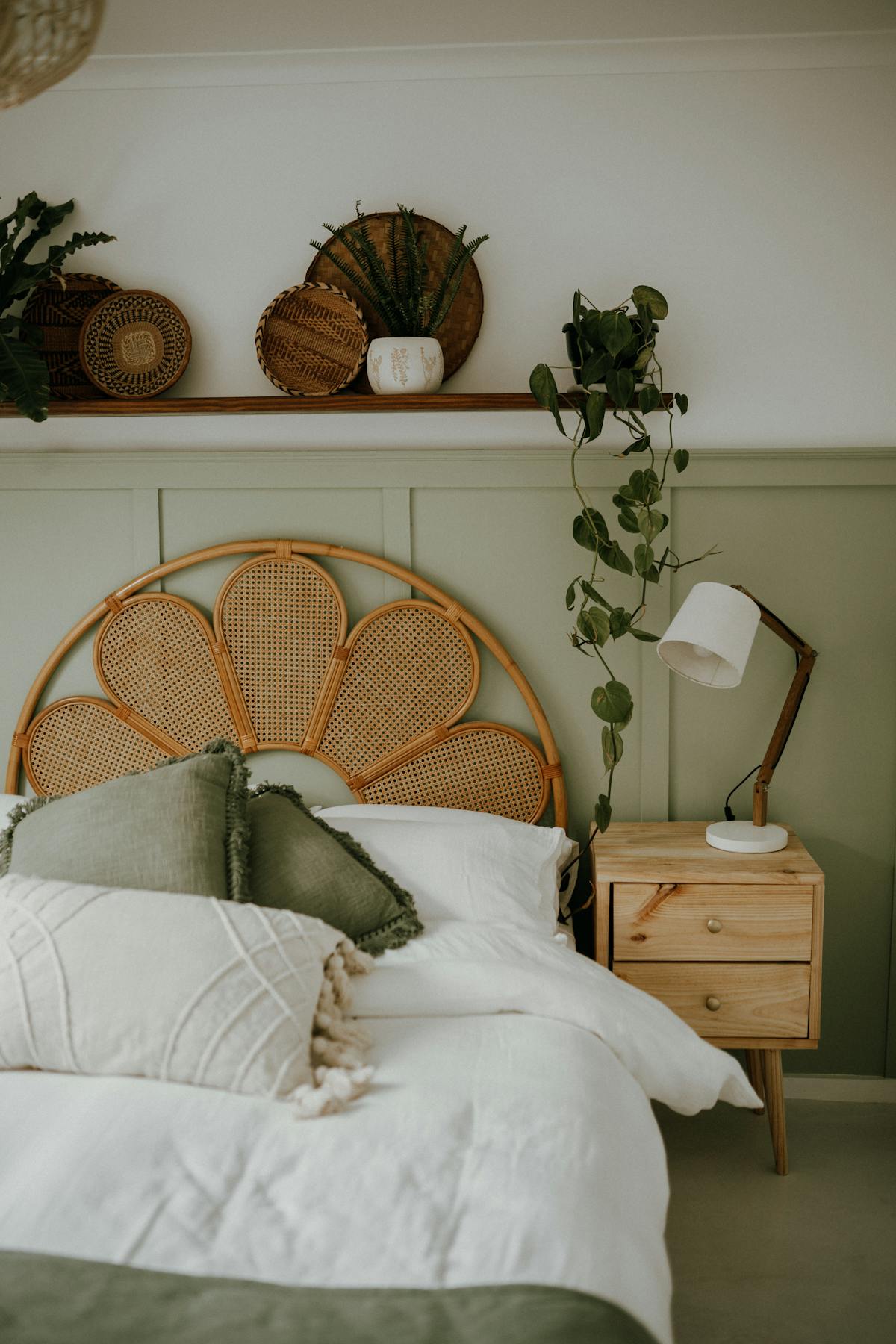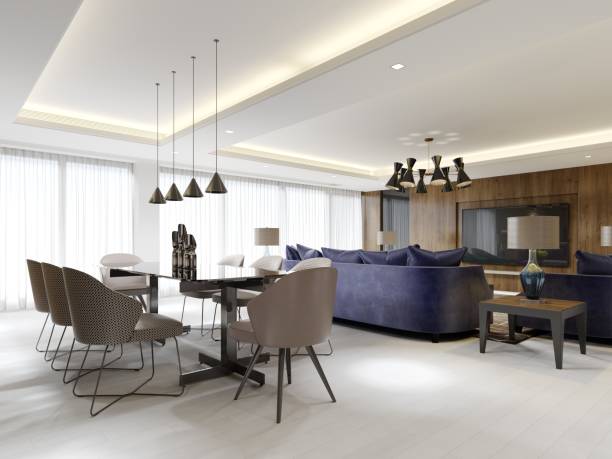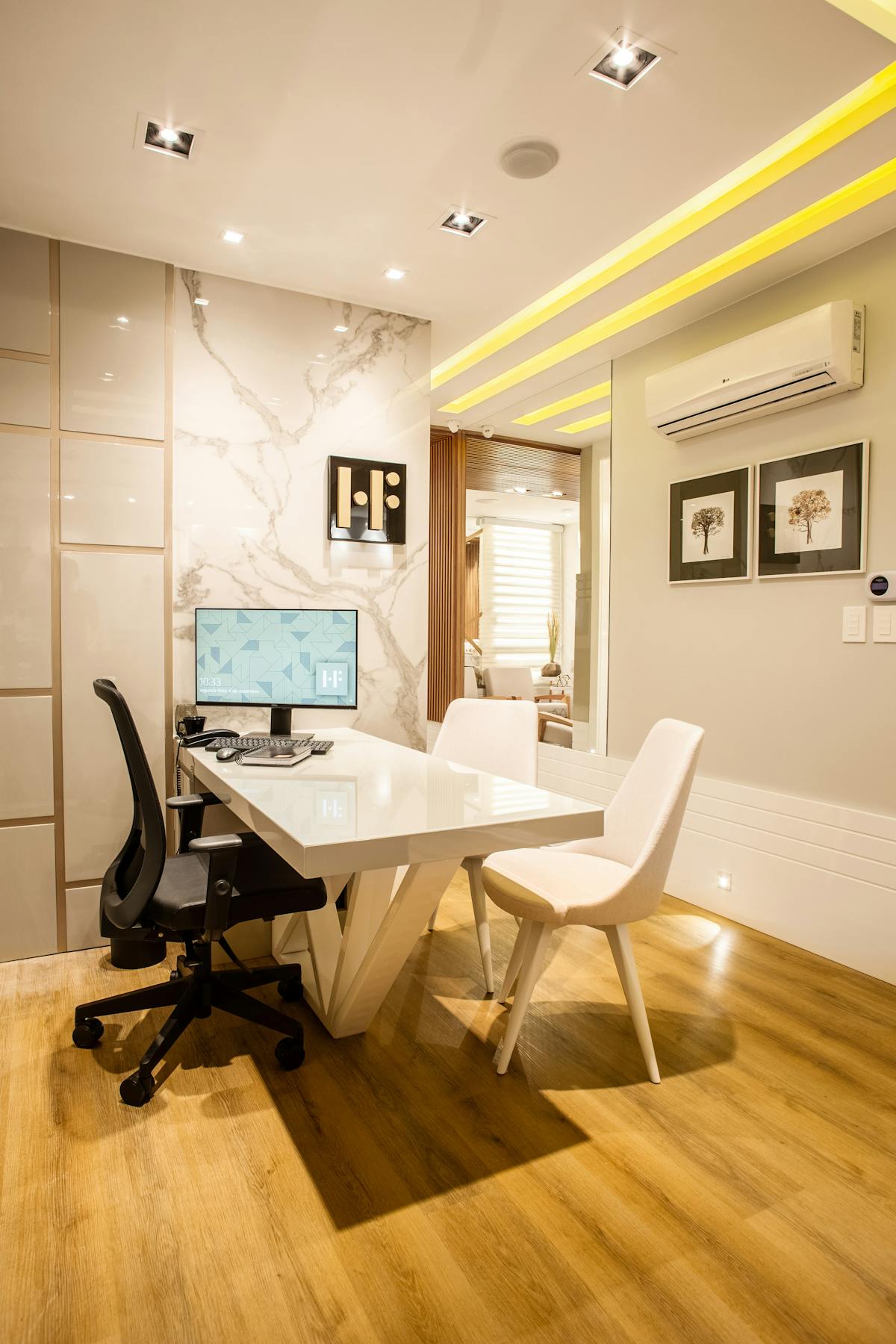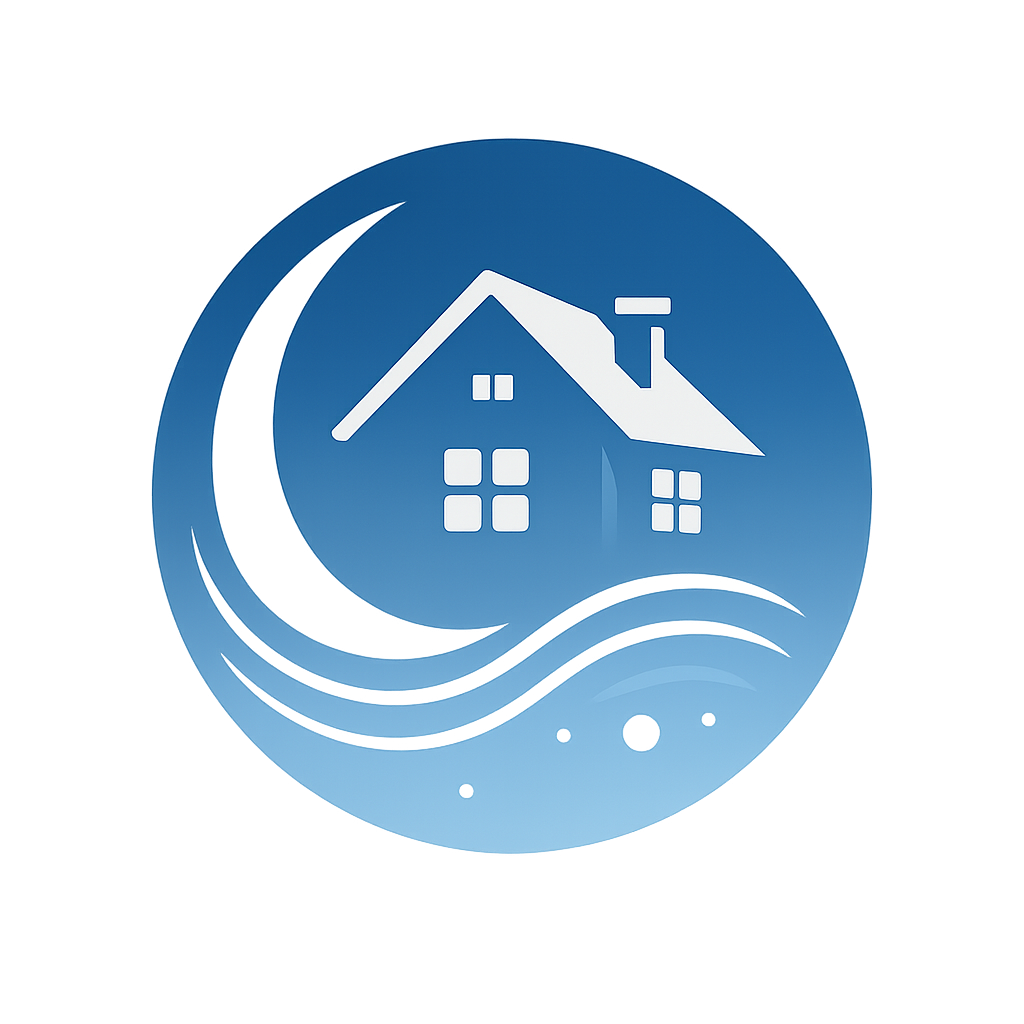Create the perfect mood and functionality in every room of your home with this lighting blueprint. Learn how to design with intention based on energy, emotion, and use.
Lighting isn’t just about visibility—it shapes the mood, flow, and energy of your space. The same room can feel energizing or exhausting depending on how it’s lit. Each area of your home serves a different emotional and functional purpose, and your lighting should reflect that.
This room-by-room guide shows you how to design lighting that enhances your well-being, supports your habits, and makes every space feel like it was built for you.
1. Bedroom: Calm, Cozy, and Restful

Why it matters: Your bedroom is your sanctuary. Lighting here should signal to your brain that it’s time to relax and recharge. Bright lights at night suppress melatonin and can lead to sleep disruptions.
What to do:
- Choose warm-toned lamps (2700K or lower) to encourage rest
- Use low-positioned lighting (like bedside lamps or sconces) to create intimacy and reduce glare
- Add dimmable lights or smart bulbs to gradually lower brightness in the evening
Avoid overhead lights before bed. Opt instead for soft pools of light that wrap the room in a sense of calm.
2. Kitchen: Bright, Clean, and Functional

Why it matters: This is a high-activity zone that requires both clarity and comfort. Harsh overhead lights are practical—but can be overwhelming on their own.
What to do:
- Use cooler white lighting (4000K–5000K) for prep and task zones
- Install under-cabinet LEDs to eliminate shadows on work surfaces
- Add pendant lights over islands to create ambiance during non-cooking times
Good lighting here reduces eye strain, enhances safety, and makes cooking more enjoyable.
3. Bathroom: Clean Light with Spa Potential

Why it matters: Bathrooms require bright, even lighting for grooming—but they also benefit from softer, spa-like options for bathing and unwinding.
What to do:
- Use daylight-mimicking bulbs (around 4000K) around the vanity mirror for accurate color rendering
- Avoid ceiling lights that cast harsh shadows on the face—go for side lighting where possible
- Consider a low-wattage accent light or dimmable fixture for evening baths
Balanced bathroom lighting enhances both practicality and emotional comfort.
4. Living Room: Flexible and Layered

Why it matters: This space serves multiple purposes—socializing, watching movies, relaxing, reading. One light source rarely suits them all.
What to do:
- Combine ambient light (overhead), task lighting (reading lamps), and accent lighting (spotlights or uplighting)
- Use smart bulbs or dimmers to adjust brightness and tone based on the time of day or activity
- Add warm-toned fixtures to create a sense of coziness and depth
Lighting flexibility gives this space the ability to shift energy based on need.
5. Home Office: Bright, Focused, and Energizing

Why it matters: Lighting in a work zone can directly impact focus, productivity, and mental clarity. Poor lighting leads to fatigue and frustration, especially during long hours.
What to do:
- Use daylight-spectrum bulbs (around 5000K) for a clean, energizing glow
- Position desk lamps with adjustable arms to reduce glare and eye strain
- Try to work near a window if possible to blend natural and artificial light for balance
Well-lit workspaces boost productivity and reduce the need for stimulants like caffeine.
Bonus Tip: Think Like a Lighting Designer
Why it matters: Designers think in terms of layers, emotion, and transition—not just brightness. Lighting should evolve throughout the day and support what you’re doing and how you want to feel.
What to do:
Walk through your home at different times and ask:
- “Does this lighting make me feel how I want to feel in this space?”
- “Is there a gentler, more aligned way to light this room?”
Sometimes swapping one bulb—or adding one accent lamp—can completely transform the mood.
Lighting is one of the easiest ways to shift your home’s energy without major renovations. When you use light with intention, every room becomes more than a space—it becomes a mood, a mindset, a feeling. Treat it like a tool, and you’ll never look at lamps or fixtures the same way again.

